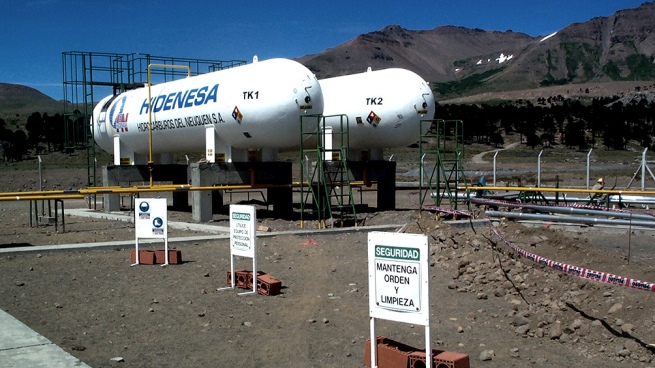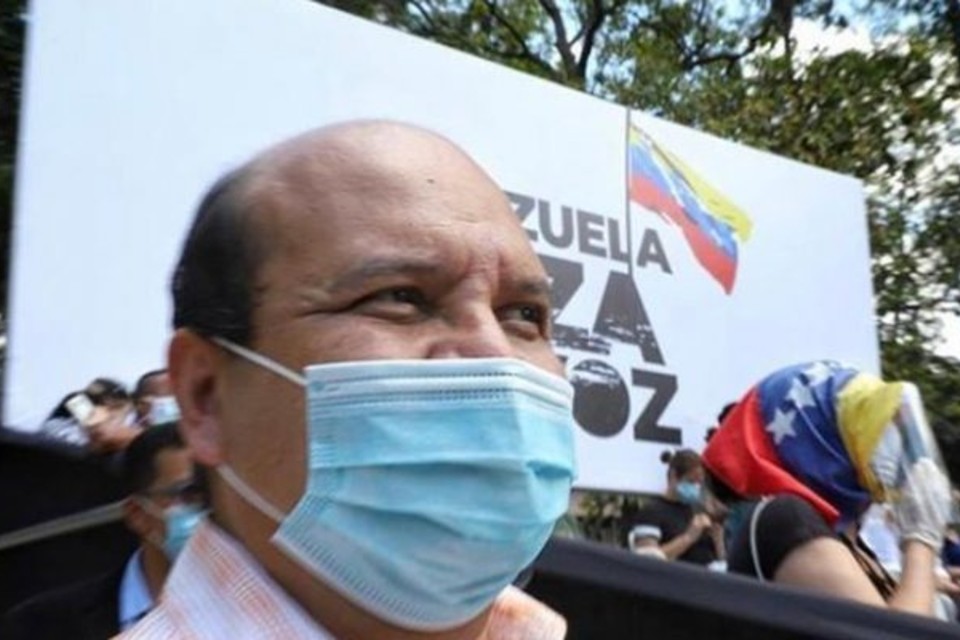The national government promotes the Liquefied Natural Gas (LNG) industry as an export project, through a strategy of articulation with national and foreign companies and G20 member countries that ensures a demand that justifies embarking on the development of the related infrastructure to the Vaca Muerta gas potential.
Official sources assured that the talks were carried out by the Minister of Economy, Martín Guzmán, during the last weeks, within the framework of the meeting of the International Energy Agency (IEA), in Paris, and meetings with ministers from different G20 countries. held in Washington, in the middle of the Spring Assembly of the International Monetary Fund and the World Bank.
There is a broad consensus in the energy industry that LNG will play an important role in the coming decades for the development of matrices with less carbon emissions towards the goal of net zero emissions by 2050, as a reliable and flexible resource for transition and complementation towards renewable energies.
The war between Russia and Ukraine and the resulting problem with regard to the Russian gas supply to Europe It also largely explains this new picture of the situation.

LNG is a natural gas that turns into a liquid state when it is cooled to around 162°C below zero, a process that allows it to reduce its volume by 600 times, which facilitates its transport and storage to later be transformed again in regasification plants and injected into different local distribution systems again as natural gas.
The idea of the Government is based the project that the state oil company YPF has been developing to build a gas liquefaction plant in the Bahía Blanca port area, with an initial capacity of 15 to 20 million m3 (MMm3) and an estimated investment of more than US$ 5,000 million.
This location intends to take advantage of the infrastructure available in the petrochemical complex that would be strengthened with the construction of the first section of the Néstor Kirchner trunk gas pipeline, which is in the process of being tendered with an expected investment of US$ 1,500 million, which would ensure the necessary gas to launch the gasification project.
This alternative of turning Argentina into a producer and exporter of LNG requires an initial investment of US$ 10,000 million, since it not only contemplates the cost of building the plant but also the increase in natural gas production in different areas of Vaca. Dead.
The idea was validated by directors of Pan American Energy (PAE), considered the first private hydrocarbon operator in the country, who admit interest in the project through the formation of a consortium of companies with the leadership of YPF.

In addition to the YPF plan, there is another project under development that links the companies Transportadora Gas del Sur (TGS) and Excelerate -operator of the regasification ships of the Escobar and Bahía Blanca terminals- whose investment decision could be defined by the end of the year for an initial amount of US$ 800 million and a modular capacity of 4 million MMm3.
But beyond this scalable alternative, Guzmán’s idea is to bring together the interests of different companies to reach a total investment of US$10,000 million so that as of 2026, 2027 and 2028, Argentina is already exporting LNG in significant volumes, which exports could exceed US$ 15,000 million.
The project
This entire process should be backed by a specific regulatory context that, in a law format, has the support of the different political forces represented in Congress, and that grants certainty and medium- and long-term stability to the investments sought.
The premise is to generate a very strong synergy that involves companies and countries from different regions of the world in the financing for the construction of the mega-project and the assurance of the offer that guarantees that there will be a demand for what is produced in Argentina.
This would imply transforming the enormous unconventional gas resources of the Neuquén formation into a product whose demand is expected to grow during the rest of the decade, in particular due to the transformation of the global energy matrix towards resources with lower emissions such as gas and coal. geopolitical reordering that is expected after the war.

More specifically, it is argued that the European countries that embarked on reducing their dependence on natural gas from Russia will be major global LNG applicants in the coming yearsa market for which there are already large suppliers positioned, such as the United States, Qatar and Australia.
But global demand will also increase through the countries of Southeast Asia, in particular China, which is focused on the use of gas to feed the key sectors of its economy to replace highly polluting coal, followed by markets that are also highly polluting. demand such as South Korea and Japan.
Different estimates agree that the LNG market can double in the next 20 years and if that happens there will be room for many bidders and will give rise to a reconfiguration of the energy markets in which Argentina will be able to insert itself.
In this evolution of the markets, it remains to be seen how quickly the energy transition will take place, in particular due to the anchoring of vehicular and industrial equipment.


















